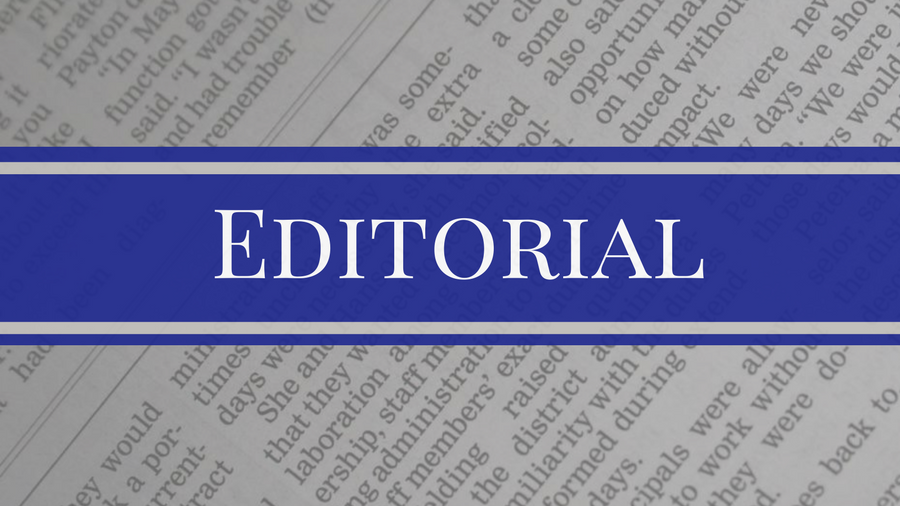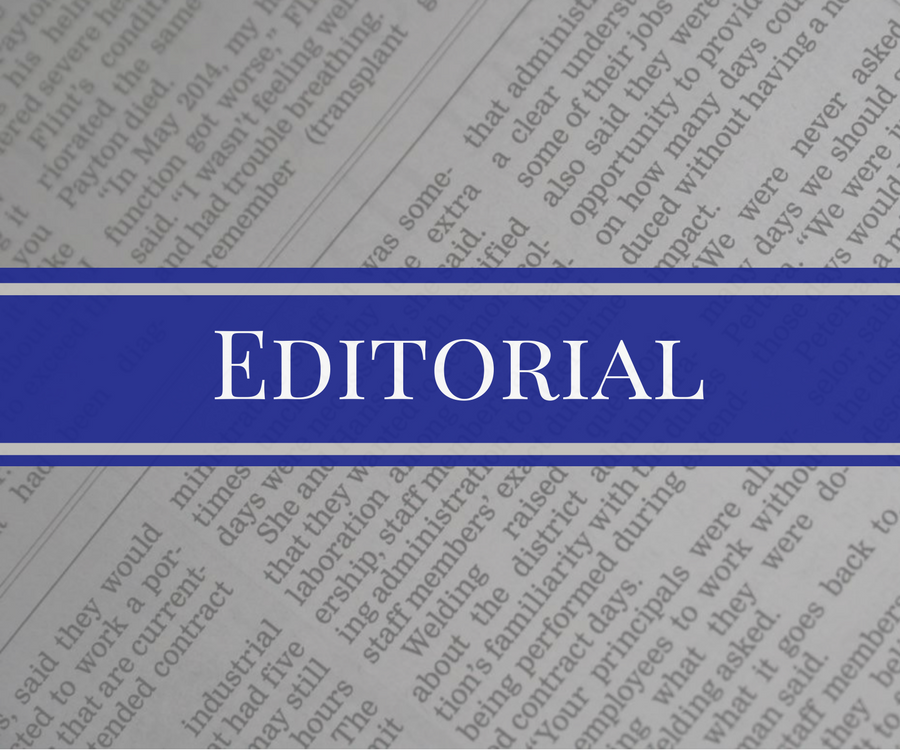

So what’s there to write about when Nebraskaland Days is over, Independence Day is a week away and there’s an extra week between city meetings?
Well, Prof. Harold Hill asked Marcellus Washburn a similar question in “The Music Man.” He replied: “The weather. When it’s in season.”
Which, of course, it always is.
You’ll remember how, just a month ago, our news pages were saying 2021 was on pace to be one of North Platte’s 10 wettest years since recordkeeping started in 1874.
Then June came, hot and dry — until the rains returned last week.
What’s next?
We invite you to follow the Flourish “bar chart race” at the top of this editorial comparing 2021 with our 10 wettest years.
The High Plains Regional Climate Center at the University of Nebraska-Lincoln (climod.unl.edu) lets us quickly call up historic temperatures, rainfall, snowfall and the like for North Platte or anywhere that has ever had a federal weather station.
Spending time with those records reveals much about this area that early North Platte journalist Ira L. Bare loved to call the “banana belt.”
Especially this:
Even our wettest years have times that seem more like droughts.
Take 1951, when 33.44 inches of precipitation fell to set a record still standing 70 years later.
North Platte had no measurable moisture at all the first 18 days of 1951. Another 18-day dry spell lasted from late March until early April.
Then the rain began and kept coming regularly into October. North Platte broke its 1915 record of 32.69 inches (still the runner-up total) on Nov. 24.
Still, 1951 ended as it began — with zero precipitation the last 11 days of the year.
Like 1951, 1915 started dry for 18 days. It also went 24 days without moisture in October and November.
Though 1942 claims two spots in North Platte’s single-day Top 10 precipitation chart (first and sixth), it ranks fourth because only 0.02 inches fell over two months that autumn.
What about 1949 (as in “Blizzard of”)? It’s not in our chart. Like a front-running racehorse, it ran in the Top 10 through August and faded down the stretch.
You may recall we had our seventh-wettest year just two years ago. But 2019 started with 15 dry days, registered just 0.13 inches of precipitation through February and saw a two-week dry spell in late summer.
This year? Lee Bird Field recorded 12.44 inches of rain for 2021 through Friday. That’s only No. 31 through June 25. Yet it was 2½ inches ahead of the same date in 1906, which went on to finish No. 8.
We know this won’t be a classic drought year. North Platte’s driest year of 1911 brought just 10.01 inches, a mark we passed May 17. We left the 10th-driest year (11.51 inches in 1921) behind on May 23.
We’ll see what lies ahead. For the sake of our farmers and ranchers, here’s hoping it’s wetter than drier — at least when they need it to be.
June 27, 2021 at 03:00PM
https://nptelegraph.com/opinion/editorials/editorial-even-when-wet-it-can-be-dry/article_0edab116-d6b8-11eb-b858-33e97cd6d8ed.html
Editorial: Even when wet, it can be dry - North Platte Telegraph
https://news.google.com/search?q=dry&hl=en-US&gl=US&ceid=US:en

No comments:
Post a Comment